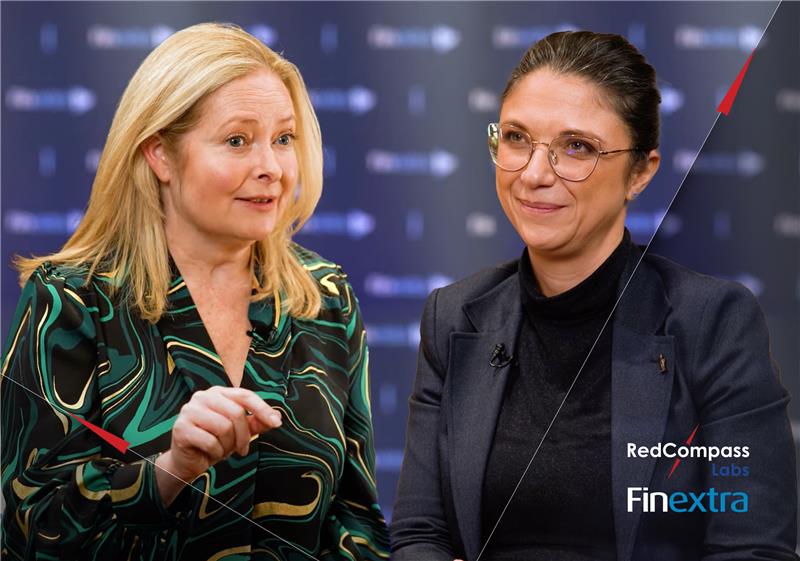What are Business-to-Person Instant Payments?
As we’ve covered in this series so far, typically when we think about instant payments, we think about person-to-person, such as sending money to friends or family, or person-to-business, such as paying for goods and services. In the next two parts, we’re going to explore two less traditional instant payments use cases, explain why they could be valuable, and how they could play a part in transforming how people and businesses pay and get paid.
Every day we make payments to businesses, whether it’s for our morning coffee, booking a flight, paying our utility bills, or for our TV subscription.
But what about when roles are reversed? How could instant payments impact the way businesses move money to consumers?
Imagine this scenario: You’re on vacation, exploring a beautiful destination, and unfortunately, you have an accident. In situations like this, having travel insurance can be a lifesaver.
But what if you didn’t have to go through the hassle of filing a claim and waiting weeks for a reimbursement? That’s where Business-to-Person Instant Payments come into play.
Equipped with instant payments, companies can directly transfer funds to individuals who have been injured while traveling. Instead of waiting for lengthy reimbursement processes, the insurance company can instantly provide financial support to cover medical expenses or other unforeseen costs. This ensures that the injured person can access the necessary funds quickly, helping them recover faster and get back on their feet without unnecessary stress.
Another important use case is salary payments. Traditionally, employees have to wait for their payday, often receiving their salaries on a monthly or bi-weekly basis. This can create financial uncertainty, especially in emergency situations.
However, with Business-to-Person Instant Payments, companies can pay their employees instantly for their work as they earn it, providing them with immediate access to their hard-earned money.
This is particularly powerful in use cases such as the gig economy, where workers will often work hours depending on their financial need, so getting access to their cash quickly can be the difference between paying the rent, or making a payment to feed their family living overseas.
In the last episode of this mini-series, we’ll take a look at the fourth instant payments use case, business-to-business payments.
Check out all the episodes of Instant Payments in 100 Seconds:
Share this post
Written by

Yukina Urakawa
Senior Business Analyst
Resources





